Zygmunt (Zyga) Waliszewski (1897-1936) was a Polish artist who lived in Georgia from 1903 to 1920. His name is associated with the history of the Georgian avant-garde of the 1910s. In the second half of his life, he was a prominent figure on the Polish art scene. Waliszewski lived and worked in Paris in 1924-1931.

Zygmunt Waliszewski. Self Portrait. Oil, canvas. 46x37.5. 1929. National Museum in Warsaw
Zygmunt Waliszewski, despite passing away at the age of 39, left a significant impact on the art history of Georgia and Poland. Born in St. Petersburg, he moved to Georgia with his parents and siblings in the early 20th century. He revealed his talent for painting at a young age. His teacher was the renowned Serbian-Polish artist Nikolay Sklifasovsky. Inspired early on in life, he studied the works of famous painters of different times and made copies of their pieces. He also painted portraits of artists, caricatures, and compositions associated with their paintings. Thanks to such a "relationship" with the old masters, Waliszewski absorbed their painting style and techniques. His personal painting approach was quick and accurate. Renowned for his swift and precise style, he possessed the ability to paint in a variety of ways while maintaining his uniqueness. Alongside painting, he drew inspiration from literature and music.

Zygmunt Waliszewski. Group of the 19th Century French Artists. Pencil, paper. 22x67.5. 1915. National Museum in Warsaw
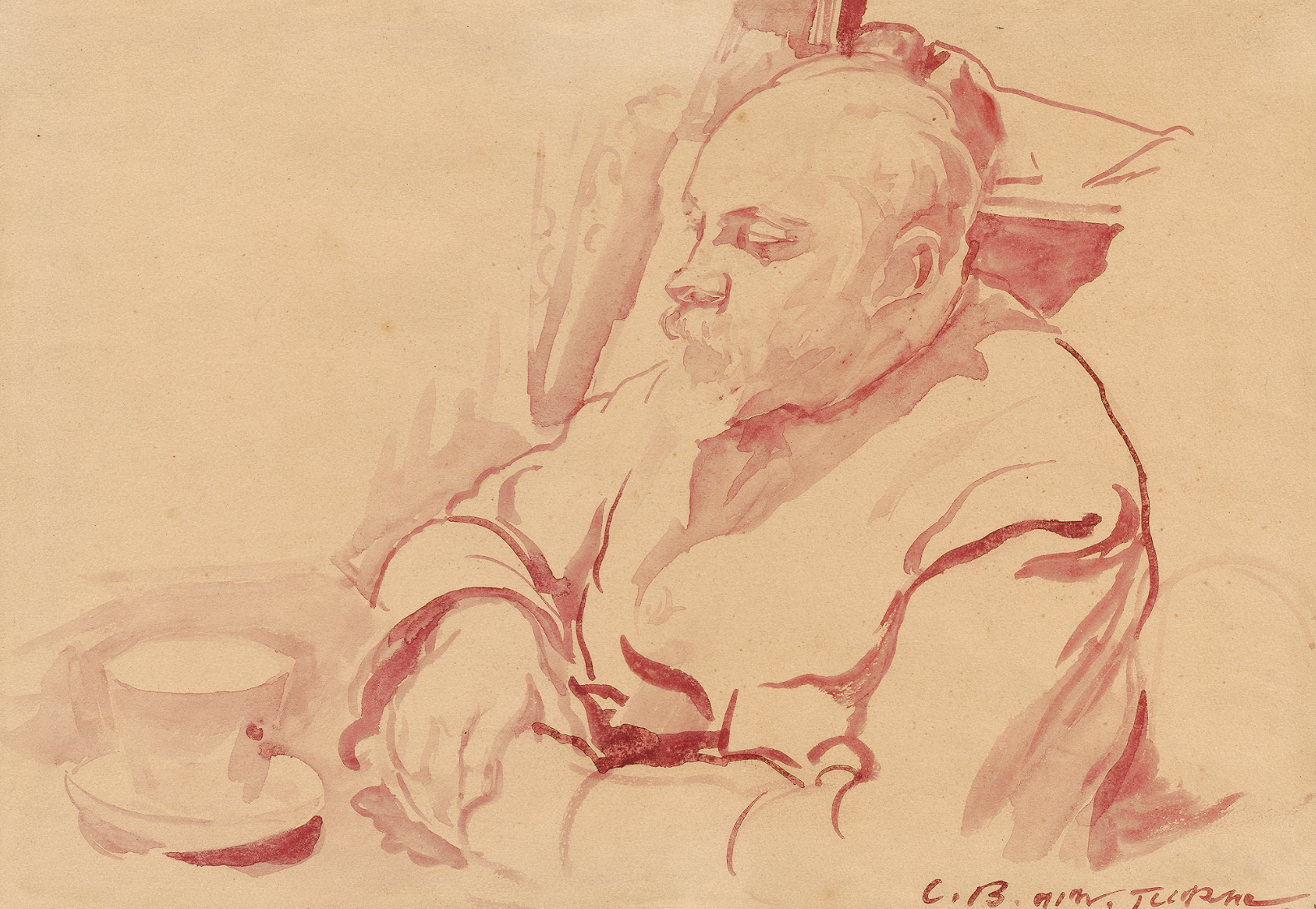
Zygmunt Waliszewski. The Artist Nikolai Sklifasovski. Watercolor, paper. 25.9x37.3. 1919. National Museum in Warsaw
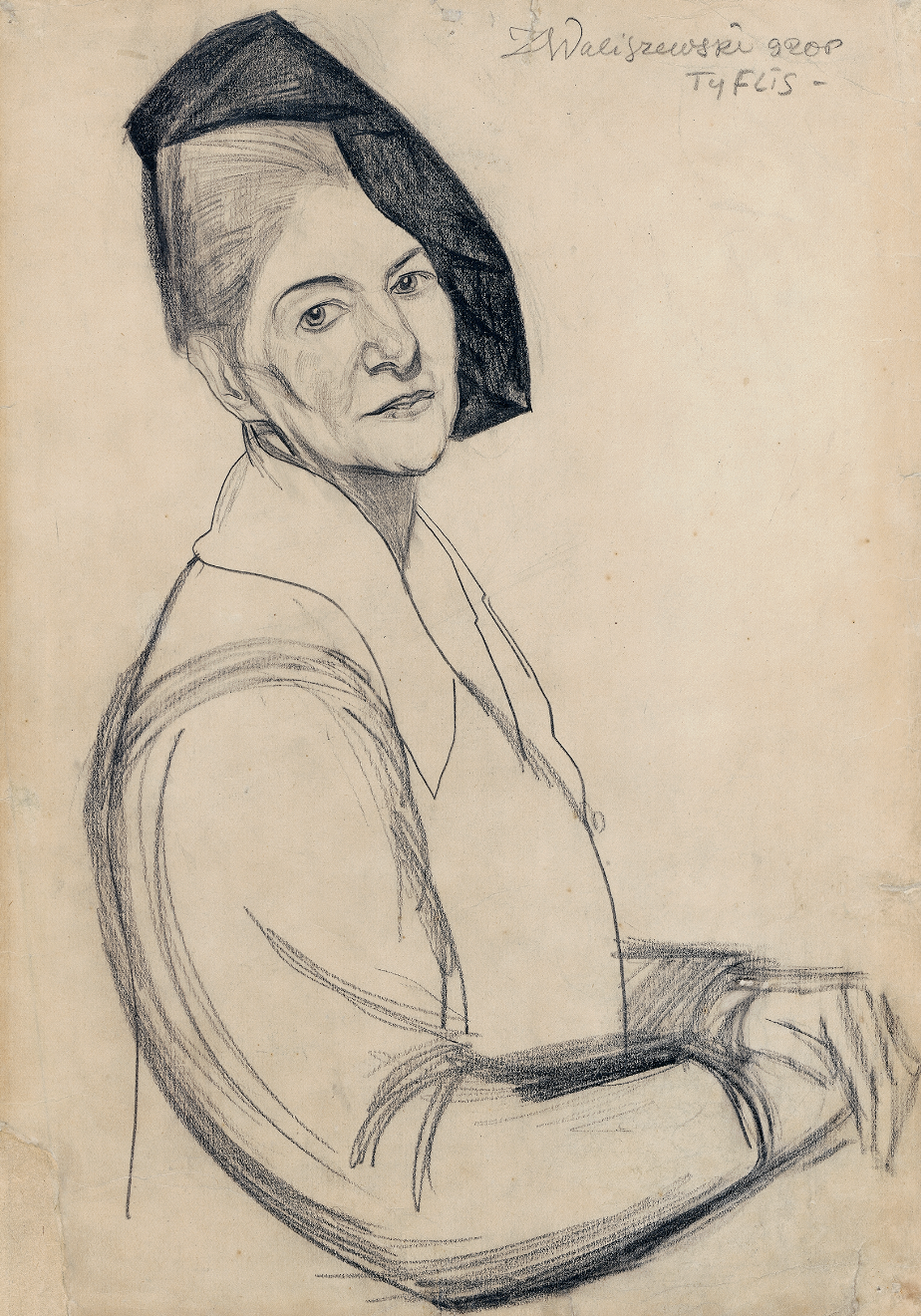
Zygmunt Waliszewski. The Portrait of the artist’s mother. Pencil, paper. 34.2x22.7. 1920. National Museum in Warsaw
Waliszewski was friends with Kirill and Ilia Zdanevich, who were also half-Polish. Within their social circle, he was introduced to cubism, futurism, and other avant-garde movements. It is thanks to the Zdanevich brothers that Niko Pirosmani had a significant influence on Waliszewski, and, at the age of 15, he was among those who actively sought out the works of Pirosmani and made a significant contribution to this matter. Pirosmani's influence on Waliszewski was so profound that, in the final years of his life, while residing in France and Poland, he created paintings inspired by the works of the great Georgian artist.

Zygmunt Waliszewski. Landscape (Georgia). Oil, cardboard. 32.3x40.2. 1914. National Museum in Warsaw
In the 1910s, Waliszewski regularly participated in lively artistic gatherings held in Tbilisi. Quite often, his sister Valya, who later married Kirill Zdanevich, accompanied him and his friends. Waliszewski drew passionately, having a notebook and pencil ever to hand. His friends recollected that one would rarely see him without his drawing tools. He was also engaged in decorating artistic cafes and contributing to avant-garde publications, not only as an artist but sometimes as a poet. One of his most notable works is the poem written in Zaum (Russian заумь, lit. 'transrational') "Учитесь, худоги" (Learn, Oh Artists), which was included in the avant-garde lithograph book of the same title published in Tbilisi in 1917. Additionally, during World War I, Waliszewski served at the frontlines, where he painted an entire gallery of portraits depicting military men.
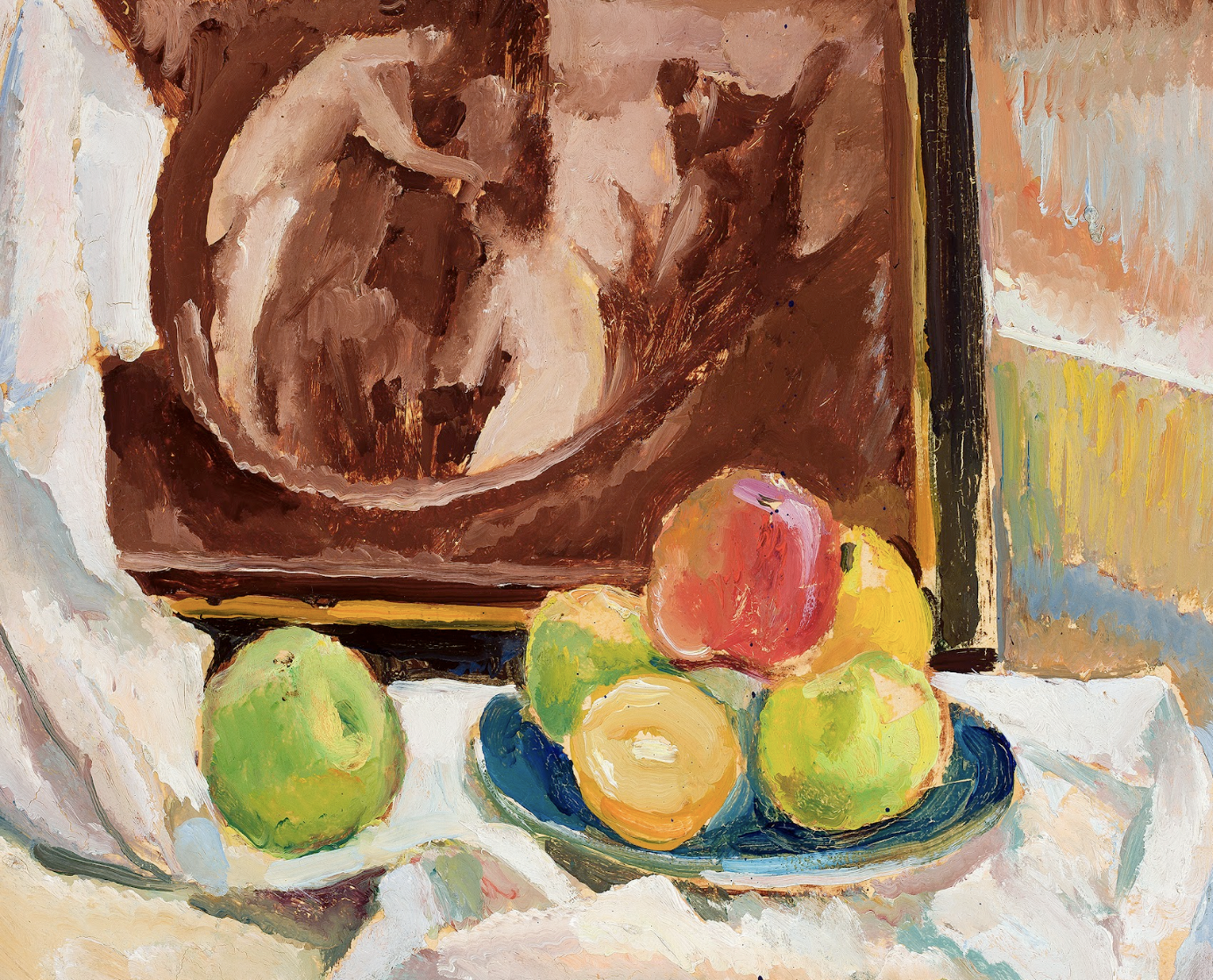
Zygmunt Waliszewski. Still life. Oil, cardboard. 29.4x36. 1914-18. National Museum in Warsaw
In 1919, Zygmunt was commissioned to paint the curtain for the Tbilisi Opera House. Thanks to a review published in a newspaper of the time, a description of the curtain has been preserved: It depicted a rider on a flying Pegasus, symbolizing free Georgia. The composition was associated with Baratashvili's poem Merani.
In late 1920, Zygmunt left Georgia to pursue further studies at the Academy of Fine Arts in Krakow. From that time on, he became an active member of Poland's avant-garde artistic and literary circles. Alongside his peers at the Academy, he participated in founding a group of artists, later called the Kapists or KPsts (an acronym in Polish for the Paris Committee). These students aimed to travel to Paris and be introduced to the latest artistic achievements. In 1924, they left for France, where Waliszewski spent seven years of his life. Because of their unique approach to color and diverse painting palettes, the Kapists were later named “the Colorists,” and came to dominate the Polish art scene for many years. Despite facing a serious illness that led to the amputation of both legs during his time in France, Waliszewski remained one of the most prominent figures among them.
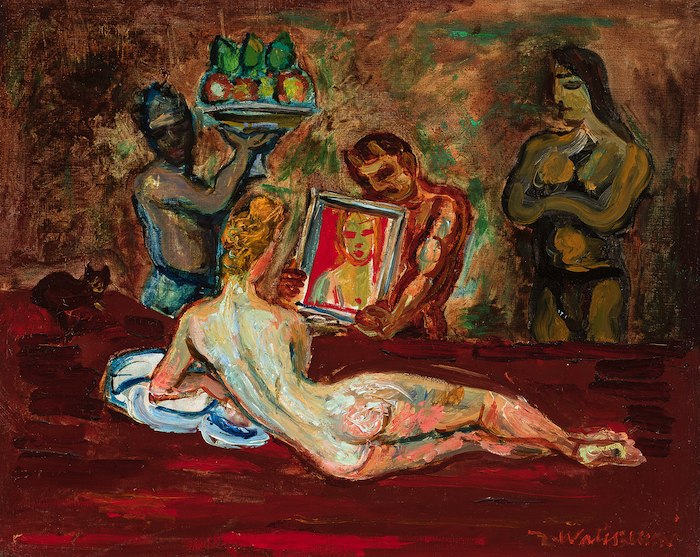
Venus at her Mirror. Oil, canvas. 33x41. 1929. National Museum in Warsaw
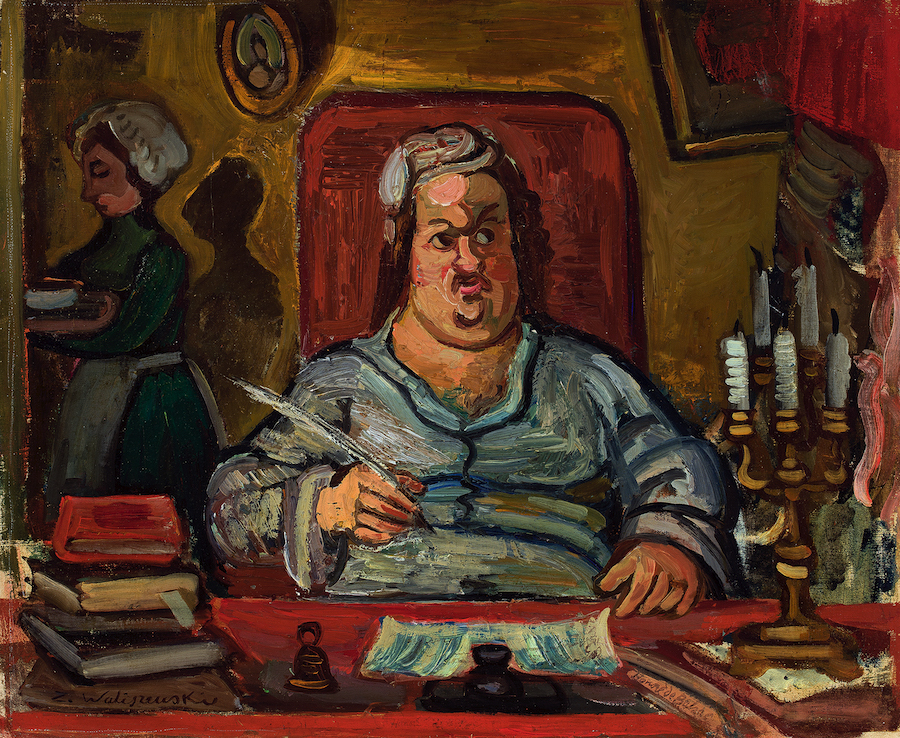
Balzac. Oil, canvas. 53.5x65. 1931. National Museum in Warsaw
Waliszewski often painted still life, landscapes, portraits of friends, and self-portraits. However, in all cases, he was influenced by the art of both past and present, rather than by nature. Art itself was his continual inspiration and "island of love." Indeed, this is the title of one of his most important works (1935), in which one can discern echoes of various artists of different times, among them Antoine Watteau, Frans Hals, Edouard Manet, Henri Toulouse-Lautrec, and Niko Pirosmani. However, he never lost his sense of humor, something which allowed him to differentiate himself from the masters of the past.
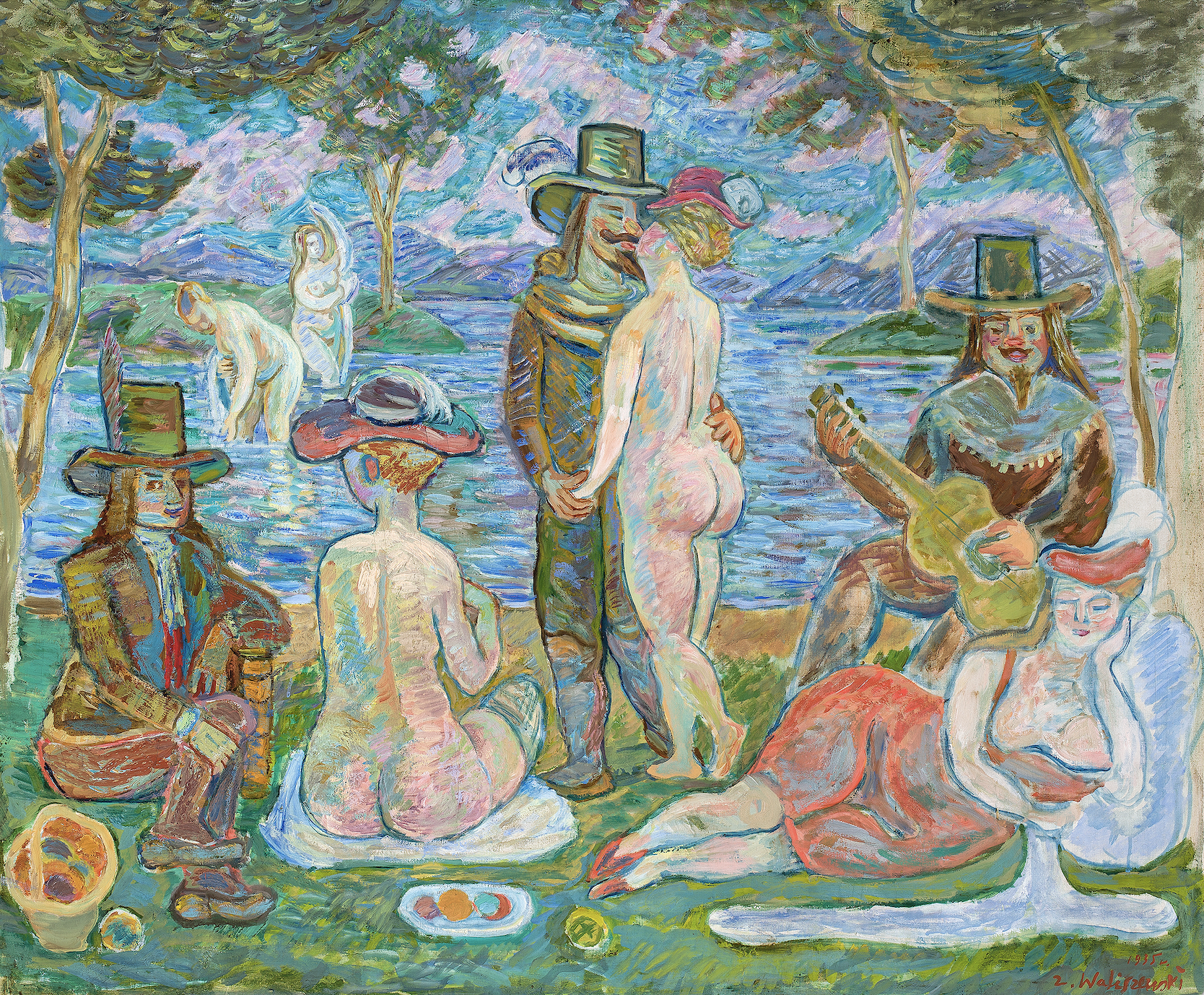
The Island of Love. Oil,canvas. 99x119.5. 1935. National Museum in Warsaw
In 1936, at the end of his life, crippled and confined to a wheelchair, Waliszewski undertook a remarkable challenge: He painted the ceiling of one of the towers at Wawel Castle in Krakow. The theme of the ceiling painting was "Secular Concert." In this work, Waliszewski's romantic attitude toward the world of art was reflected once again. Musicians, turning their faces and instruments to the sky, accompanied by angels descending from heaven with trumpets, infuse the surroundings with divine melodies.
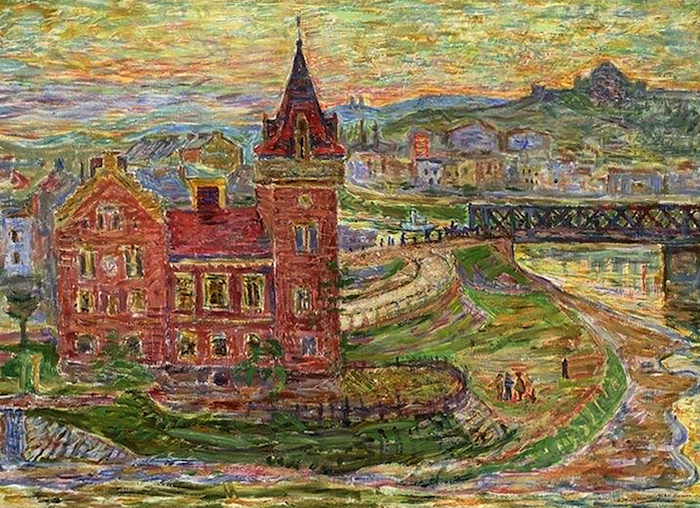
Landscape with the Wawel Castle. Oil, canvas. 68x128. 1932. National Museum in Warsaw
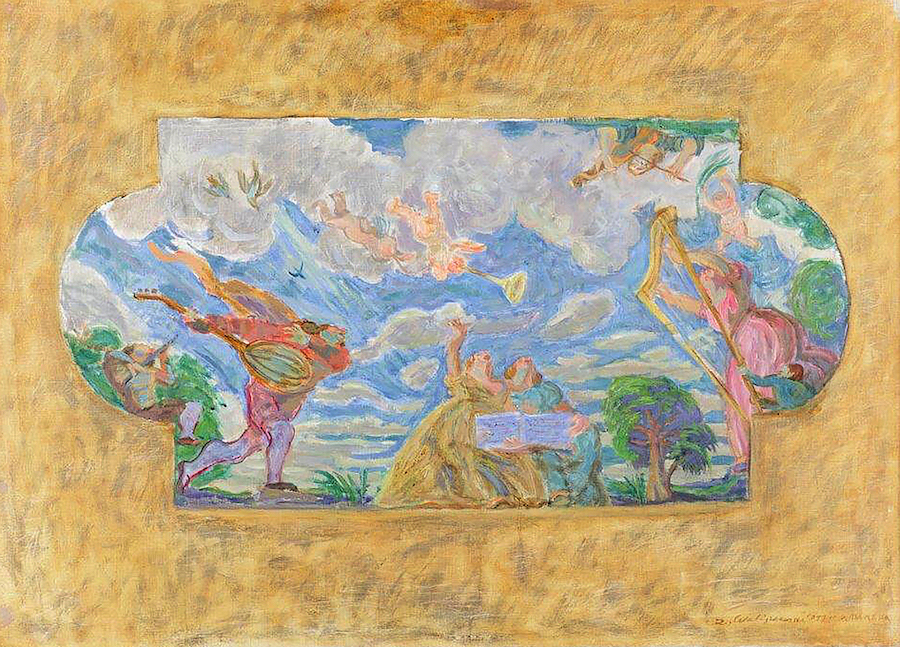
Secular Concert. A sketch for the ceiling at Kurza Stopka, Wawel Castle. Oil, canvas. 64x85. 1933. Wawel Royal Castle, Krakow
Scholars agree that romanticism consistently dominates Polish art in its diverse forms. Zygmunt Waliszewski, through his life and artistic contributions, is one of the most prestigious romantic figures in the history of 20th century art. One can hardly discuss the Georgian art of the 1910s, or the Polish painting of the 1920s and 30s, without mentioning his name.













